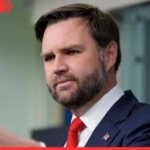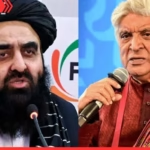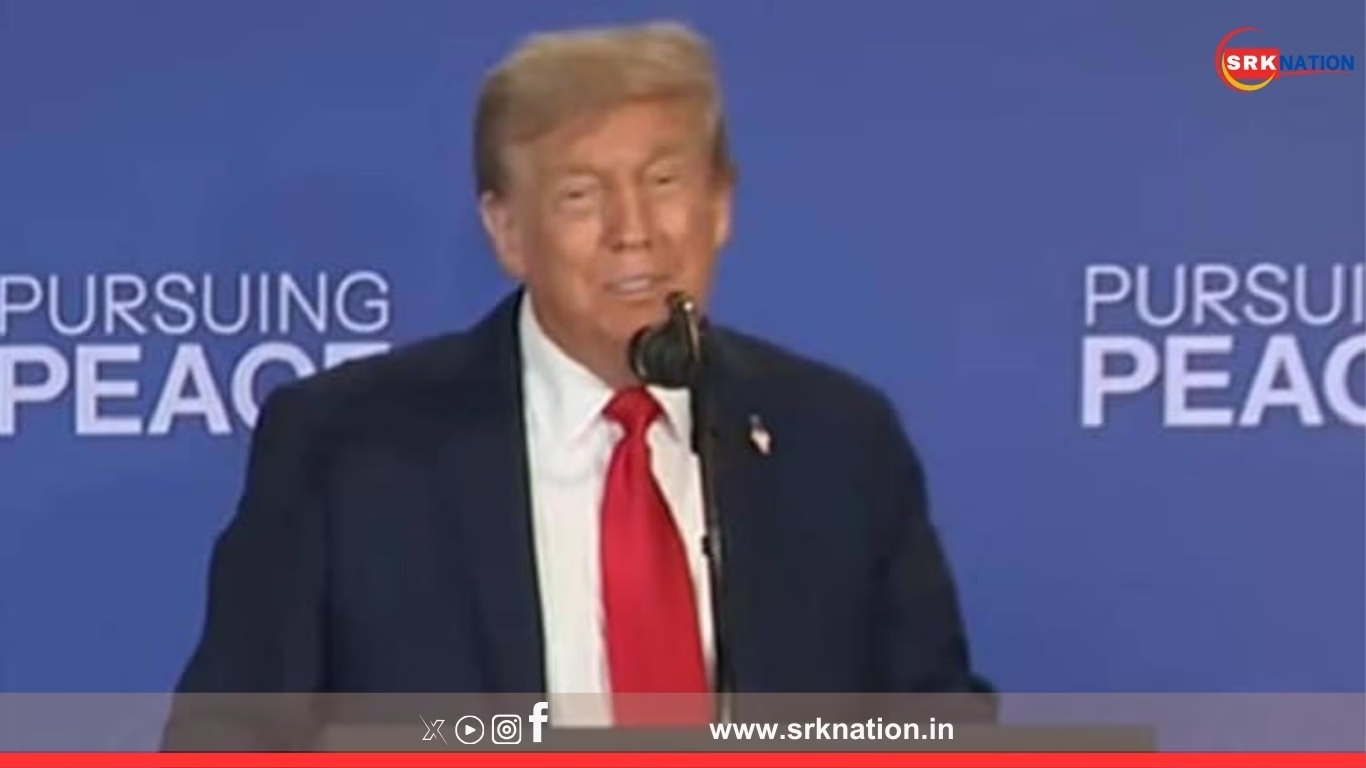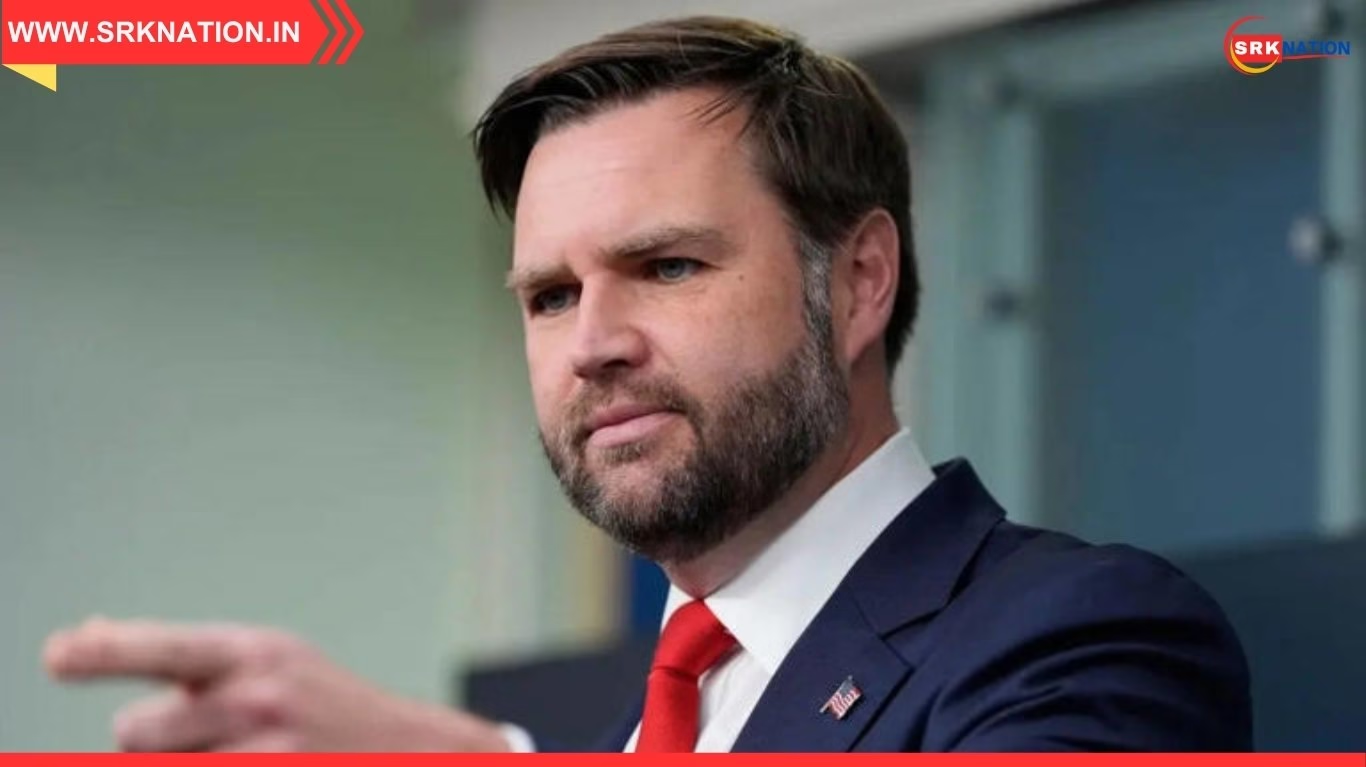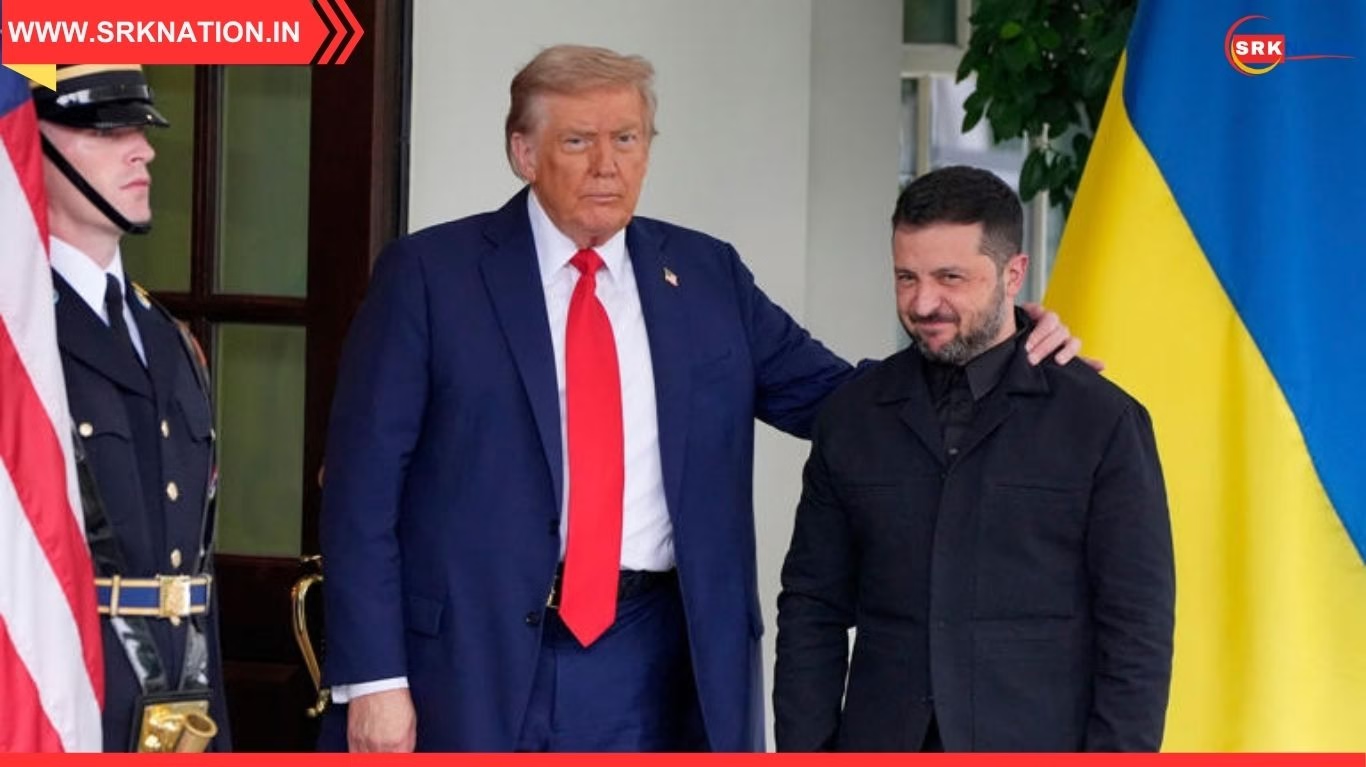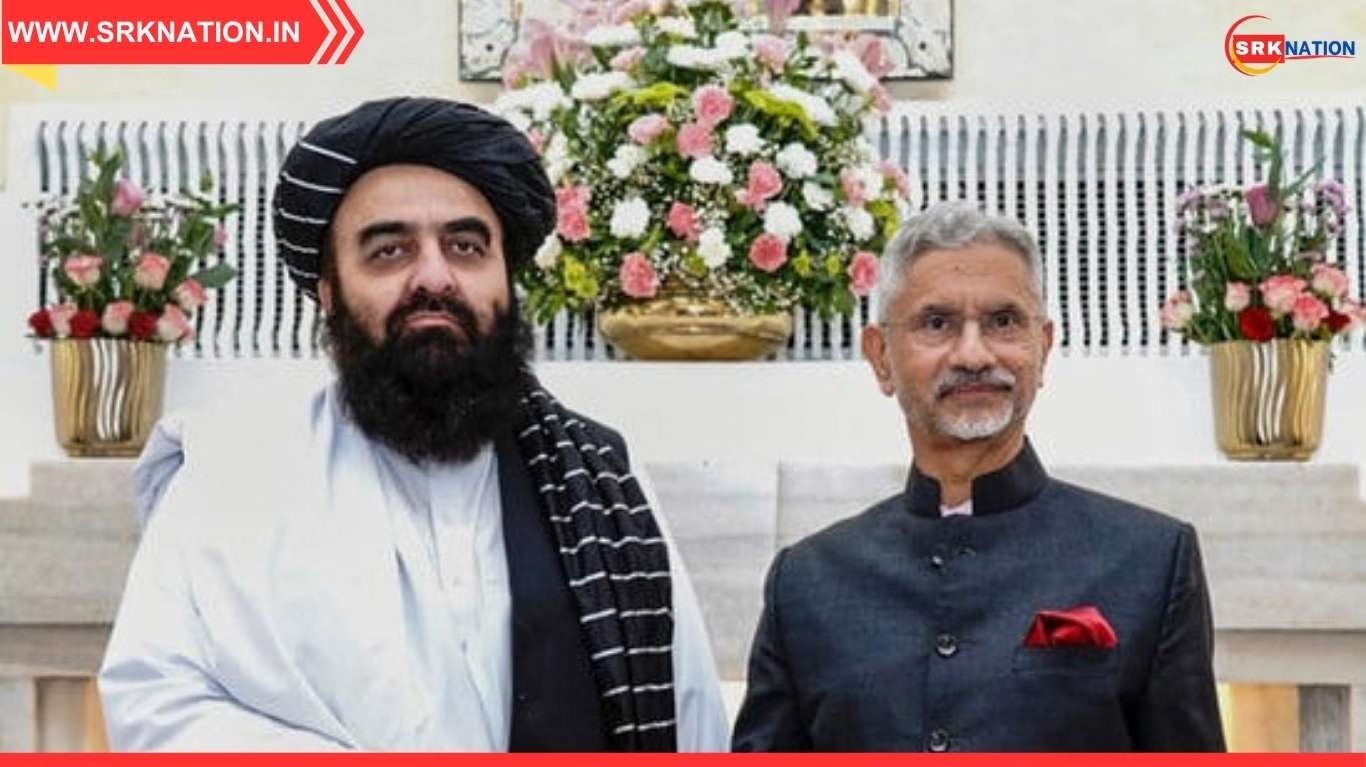In a striking geopolitical development, U.S. Senator Lindsey Graham has claimed that former President Donald Trump’s proposed 50% tariff on India’s Russian oil imports was a key trigger for Russian President Vladimir Putin’s unexpected visit to Alaska. The meeting, which took place on Sunday, has drawn global attention not only for its location but for the underlying economic and strategic tensions it represents.
Graham’s remarks, made during a Fox News interview, have added fuel to the ongoing debate over the U.S.’s evolving foreign policy under Trump’s renewed leadership and its implications for India, Russia, and the broader energy trade landscape.
🔍 Graham’s Assertion: Tariffs as Leverage
Senator Graham stated that Trump’s threat to impose a 50% tariff on India for purchasing Russian oil and gas was a strategic move designed to pressure Russia by targeting its key customers. “Putin came to Alaska because Trump threatened to put a 50 per cent tariff on India for buying Russian oil and gas,” Graham said, adding that Russia’s economic vulnerability lies in its dependence on energy exports.
He further emphasized that if Washington forces countries to choose between the American economy and discounted Russian energy, “they’ll choose American economy.” This statement underscores the belief that economic incentives and penalties can be powerful tools in reshaping global alliances.
| Key Statement by Lindsey Graham | Implication |
|---|---|
| “Putin came to Alaska because Trump threatened to put a 50% tariff on India.” | Tariffs used as geopolitical leverage |
| “Russia’s Achilles heel is oil and gas.” | Targeting energy exports to weaken Russia |
| “They’ll choose American economy.” | Belief in U.S. economic supremacy |
🌐 The Trump-Putin Alaska Summit
The summit between Trump and Putin, held in Anchorage, Alaska, was described by both leaders as “constructive” and “productive,” though no formal agreement was reached. Trump reiterated that “there is no deal until there is a deal,” while Putin stressed the need to address Russia’s “legitimate concerns.”
The meeting’s location—Alaska—was symbolic, harking back to the U.S.’s purchase of the territory from Russia in 1867. Graham quipped, “Putin didn’t come to see how Alaska was doing after we bought it,” suggesting that the visit was entirely driven by Trump’s tariff threat.
| Summit Details | Description |
|---|---|
| Location | Anchorage, Alaska |
| Date | August 17, 2025 |
| Key Topics | Russian oil exports, Ukraine war, U.S. tariffs |
| Outcome | No formal deal, ongoing negotiations |
🇮🇳 India’s Response: Firm and Unyielding
India has responded strongly to the proposed tariffs. Prime Minister Narendra Modi labeled the move “unfair, unjustified, and unreasonable,” asserting that India’s energy security and economic interests will not be compromised.
Despite Trump’s claims that India may halt Russian oil imports under pressure, Indian officials have denied any such shift. India remains one of the largest importers of Russian crude, alongside China and Brazil.
| Indian Position | Statement |
|---|---|
| Modi’s Reaction | “Unfair, unjustified, and unreasonable” |
| Energy Policy | “No compromise on energy security” |
| Trade Strategy | Continued imports from Russia |
📉 Russia’s Economic Vulnerability
Graham’s comments highlight a broader strategy aimed at undermining Russia’s financial backbone—its energy exports. According to U.S. officials, nearly 80% of Russia’s crude oil exports go to India, China, and Brazil. By targeting these nations with tariffs, the U.S. aims to choke off the revenue stream funding Russia’s military operations in Ukraine.
Treasury Secretary Scott Bessent has warned of “secondary tariffs” if negotiations fail, indicating that the U.S. may expand its economic measures beyond India.
| Country | Share of Russian Crude Imports | U.S. Tariff Threat |
|---|---|---|
| India | ~25% | 50% proposed |
| China | ~35% | Under review |
| Brazil | ~20% | Under review |
🔥 The Ukraine Factor
The Trump-Putin summit also touched upon the ongoing war in Ukraine. Ukrainian President Volodymyr Zelenskyy expressed openness to “constructive cooperation” following Trump’s communication that Putin prefers a “comprehensive peace deal” over a ceasefire.
Graham, however, remained skeptical, warning that Putin’s ambitions extend beyond Ukraine. “Putin wants to take countries that are not his,” he said, referencing Russia’s past violations of sovereignty agreements.
| Ukraine War Developments | Status |
|---|---|
| Zelenskyy’s Position | Open to cooperation |
| Putin’s Preference | Comprehensive peace deal |
| U.S. Stance | Continued support for Ukraine |
🧭 Strategic Calculations: Tariffs as Diplomacy
Trump’s use of tariffs as a diplomatic tool marks a shift from traditional sanctions. By directly targeting India—a key U.S. partner—he signals a willingness to disrupt global trade norms to achieve strategic goals.
Graham’s assertion that “they’ll choose American economy” reflects confidence in the U.S.’s ability to sway nations through economic pressure. However, India’s firm stance suggests that such measures may not yield immediate compliance.
| Strategic Tool | Target | Intended Outcome |
|---|---|---|
| 50% Tariff | India | Reduce Russian oil imports |
| Secondary Tariffs | China, Brazil | Broader pressure on Russia |
| Summit Diplomacy | Russia | Peace negotiations |
🛢️ Energy Diplomacy: A New Cold War?
The unfolding scenario resembles a new form of Cold War, where energy trade replaces ideological confrontation. The U.S. is leveraging its economic might to isolate Russia, while India and other nations navigate the complex terrain of energy security and geopolitical alignment.
India’s continued engagement with Russia, despite U.S. pressure, reflects a multipolar world where national interests often outweigh alliance expectations.
| Energy Diplomacy | U.S. Strategy | India’s Strategy |
|---|---|---|
| Tariffs & Pressure | Isolate Russia | Diversify imports |
| Summit Engagement | Negotiate peace | Maintain autonomy |
| Economic Leverage | Force choices | Resist coercion |
🧠 Expert Opinions and Global Reactions
While Graham’s comments have stirred debate, analysts caution against overreliance on tariffs as a diplomatic tool. “Tariffs can backfire, especially when applied to strategic partners,” said one senior economist. Others argue that India’s energy needs and regional priorities make it unlikely to yield to U.S. pressure without significant concessions.
Global markets have responded with volatility, particularly in oil futures, as traders assess the impact of potential tariffs on supply chains.
| Expert View | Summary |
|---|---|
| Economists | Tariffs may backfire |
| Diplomats | Risk to strategic partnerships |
| Market Analysts | Oil price volatility expected |
—
Disclaimer: This article is based on publicly available statements and news reports. It is intended for informational purposes only and does not reflect any political or institutional bias.





